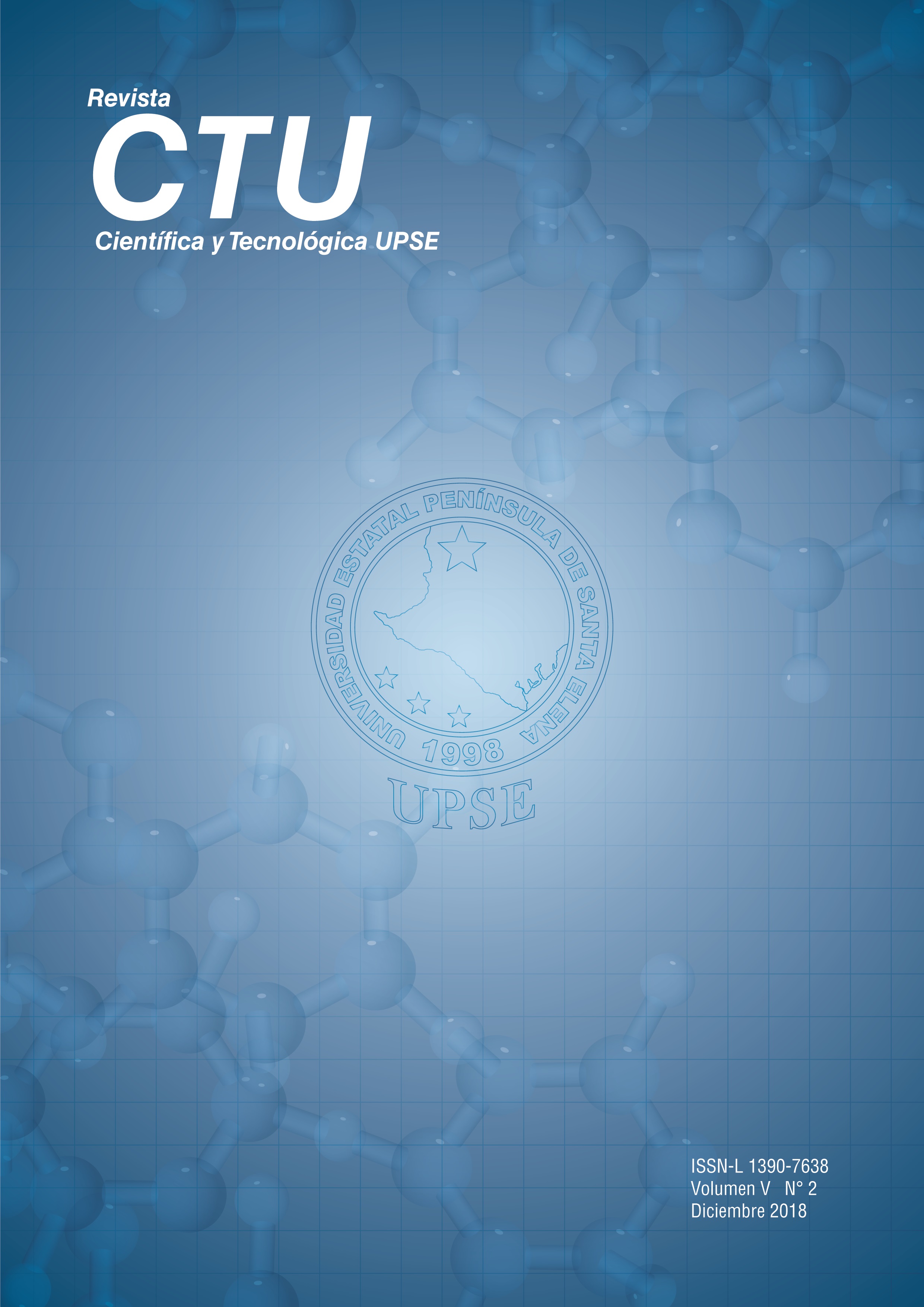Surgical techniques for ruminotomy with ruminal fistulationin goats
DOI:
https://doi.org/10.26423/rctu.v5i2.426Keywords:
Ruminotomy, ruminal fistulation, surgical techniques, creole goatAbstract
This work was part of the research project Nutritional Quality, Ruminal Degradability and Fecal Digestibility of Moringa oleifera. Male goats were criollo from 24 to 36 months, average weight 35kg, evaluated clinically without presenting pathological symptoms. Prior to surgery, goats were subjected to fasting of solids and liquids, in the pre-operative phase, Meloxican, Penicillin G Procaine, acepromazine and Ketamine were used, as well as a regional sedation with cranial epidural and left paravertebral nerve blocks T13, L1 , L2 with 2% lidocaine. The ruminotomy is the opening of the rumen where two techniques of ruminal fistulation were applied, in both the left lateral cube animal was placed to incisid in the area of the ijar, overcome the subcutaneous plane by dissecting the fibers of the external oblique, internal and external abdominal muscles. the transverse abdominal, peritoneum to then expose the rumen and incise in it and place the ruminal fistula fixing it with a purse string to insert it into the abdominal cavity in both techniques. In the first, the rumen, the peritoneum and the aforementioned muscles were joined with suture threads for subsequent closure of the skin. In the second technique, only the muscles were allowed to retract to their initial position finally, subcutaneous approach and skin suture with nylon
thread was made. Seven days after surgery it was determined that the healing and adherence processes of the muscles and the rumen were similar in both techniques.
Downloads
References
Botero, R.(1988). Fistulación de bovinos a rumen cerrado. Pasturas Tropicales, pp. 10: 38-40.
Burke, J.(1987). Antibiotic Prophylaxis in Surgery. Sydney, Australia, s.n.Crowley, P.; Fernández, A.; Agüero, M.; Arzone, C.; Fernández, O.; Klich, M. G.; Vidal Figueredo, R.(2011). Técnica de fistulación aplicada a bovinos.Revista Veterinaria Argentina, Volumen 284.
Dehghani & Ghadrdani(1995). Bovine rumenotomy: comparison of four surgical techniques. Can Vet J. , p. 36(11): 693–697..
Gomez Nelida(2007). Clínica médica de animales pequeños. Argentina: Royal Canin.
Gutierrez, C., Corbera, J. & Morales, M.(1998). La Ruminotomia en los pequeños rumiantes estudio de 34 casos., Las Palmas: Produccion Ovinay Caprina.
Harrison, F. (1995). Cannulated fistulations of the alimentary of the alimentary tract. Surgical Techniques in Experimental Farm Animals., pp. 44-65.
Holmbak-Petersen, R., Tobía, C., Rosendo, O. & Díaz, M.(2007). Experiencias con cánulas ruminales de plastisol para bovinos. Gasera de Ciencias Veterinarias, pp. 12(1) 67-71.
INMH, 2015. Anuario Metereológico, s.l.: Instituto Nacional de Metereología e Hidrología.
Lima, C., Melchor, M. & Menezes, N.(2014). Tricotomía preoperatoria: aspectos relacionados con la seguridad. Enfermeria Global, pp. (34) 252-263.
Niehaus, A.(2008). Rumenotomy. Vet Clin North Am Food Anim Pract., pp. 24(2):341-7.
Perusia, O.(2001).Laparatomía y alteraciones abdominales del bovino. Revistade Investigaciones Veterinarias, 12(2).
Pueyo, J., Robles, C. & Olaechea, F.(2010). Fistula esofagica en ovinos: tecnicas quirugicas y cuidados pre y post operatorios, Bariloche-Argentina: INTA.
Rouquet, G., Doré, E. & Desrochers, A.(2006). Rumenotomy for foreign bodies in a cow. Summa Milano, Volumen 1, pp. 55-60.
Said, H., Shoukry, M. & Fouad, K. (1976). Paravertebral Anaesthesia in Buffaloes. Zentralblatt für Veterinärmedizin Reihe A, p. V 23.
Strachan, I.(1998). Antibioticoterapia profiláctica perioperatoria. Actas Médicas, pp. 8(1):105-9.
Downloads
Published
Issue
Section
License
El titular de los derechos de autor de la obra, otorga derechos de uso a los lectores mediante la licencia Creative Commons Atribución-NoComercial-CompartirIgual 4.0 Internacional. Esto permite el acceso gratuito inmediato a la obra y permite a cualquier usuario leer, descargar, copiar, distribuir, imprimir, buscar o vincular a los textos completos de los artículos, rastrearlos para su indexación, pasarlos como datos al software o usarlos para cualquier otro propósito legal.
Cuando la obra es aprobada y aceptada para su publicación, los autores conservan los derechos de autor sin restricciones, cediendo únicamente los derechos de reproducción, distribución para su explotación en formato de papel, así como en cualquier otro soporte magnético, óptico y digital.












